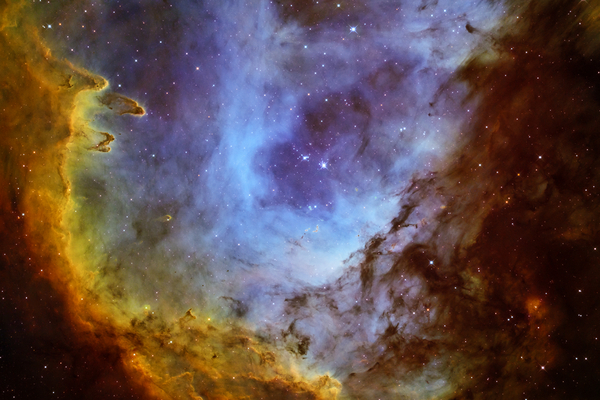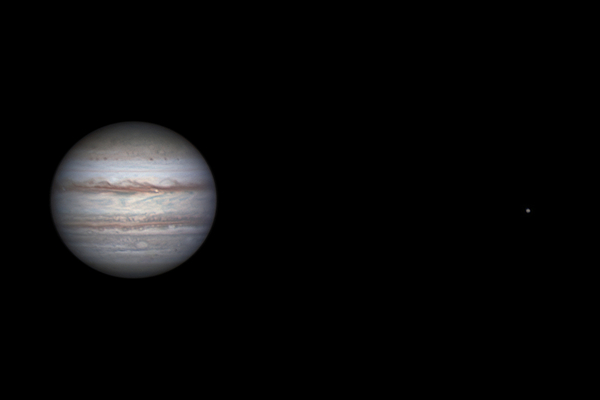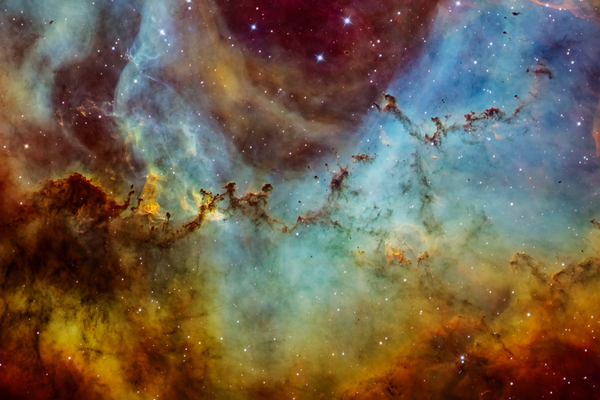Astrophoto of the month - May 2021 - The Moon's colorful minerals
Tamás Dobrovodský's amazing color image of the Moon showing Its mineral composition
A wonderful and special astrophotography image each month by Hungarian astrophotographers.
The silver Moon
The Moon is grey, unless we observe it in its rising, setting or eclipsed state during totality. At such times, due to the light-absorbing effect of the atmosphere, our celestial companion appears reddish. In reality, though, it’s not - it is only the atmosphere of the Earth playing with its colors. However, if we get the Moon with an extremely sensitive digital sensor on the lens, the true mineral composition of our celestial companion can be displayed with precise image processing, by the tool of hypersaturation.
Namely, by making the moon colorful!
Hypersaturation means exactly that: the extraordinary amplification of colors. This is necessary because the Moon is almost perfectly gray. This is due to the fact that the basic rock that covers the lunar surface, the regolith, the debris, and the dust covering the Moon, have simply turned gray. But not quite perfectly. There are subtle variations that indicate the composition of the bedrock, but their deviation from gray is minimal. Precise modern image capture technology allows us to bring these colors to the surface, but it is not simple. A single frame is not enough for anything, the Moon remains gray in it. But if we take a master image using multiple frames, the signal in it is amplified against the noise, and it becomes possible to intensify the colors.
What do the colors mean?
Thus the colors mean variations in the composition of the rocks, the absence or presence of minerals, meaning they are real, not Photoshopped. The difference between blue and the different shades of brown is most significant. Blue means that the rock, typically "mare" basalt, is rich, and brown is poor in titanium dioxide.
400 frames, perfect lens
Simply a good camera is not enough. You need lots and lots of frames, in this case 400 raw images, and a perfect lens, because if the lens carries chromatic aberration (color error) to the image, the error will intensify instead of the colors of the Moon. Precise image processing is also essential.
I rethought my Moon composite image and reworked it. Thanks to the plethora of images, the fantastic sensor of the full frame Nikon Z6, and the apochromatic binoculars, I got an incredibly detailed image from which I was able to bring out the colors in detail as well.
Tamás Dobrovodský





